Gone are the days of making a quick decision on the egg aisle. Do we want white, brown or blue eggs? Do they need to be organic? What about cage-free? There are so many options—which isn’t necessarily a bad thing, but how do we choose if the differences aren't clear?
Here at Southland Organics, we're making it a priority to bridge the gap between agricultural producers and consumers.
Egg Production Over the Years
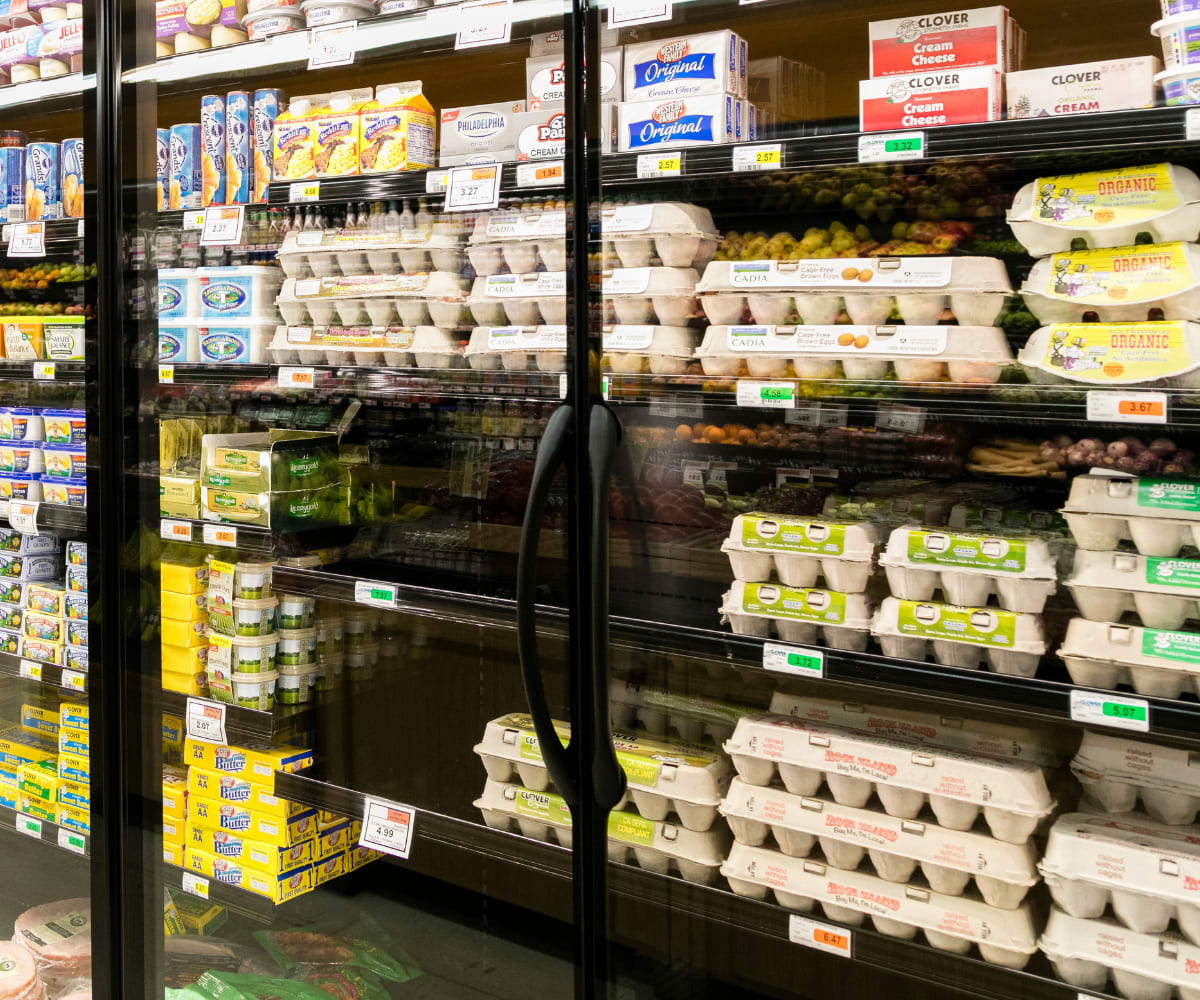
For decades, eggs have been a staple in kitchens across the globe. In the United States alone, egg consumption per capita is more than 286 per year—up more than 15% in the last 20 years, according to the USDA.
This high level of consumption has only been made possible by an increasing population of egg laying hens and improved egg production. The Egg Industry Center reports that egg production per hen increased more than 12% from 2000 to 2020. In 2000, hens laid an average of 264 eggs per year, and now they lay an average of 296. These productivity changes are thanks to research and improvements in nutrition, genetics and management.
Consumer-Driven Shifts in Egg Production
As the egg industry has made strides towards more productive farming, new challenges have arisen as well. One of the biggest challenges for the modern agriculture industry is matching consumer demand while catering to consumer preference.
It will always be the producers' responsibility to provide for the consumer. However, in the world of agriculture, this relationship is complicated by the involvement of animals. And sometimes, an additional layer of confusion is added during the promotion of an animal agriculture product.
Brown Eggs

One example of consumer-driven change is the growing popularity of brown eggs. After decades of producing white eggs due to their perceived cleanliness, consumers began showing interest in brown eggs with the idea that these are a “more natural option” that are animal welfare approved. Due to this change in preference, production companies pivoted quickly to establish adequate supplies of brown eggs.
Animal Welfare and Housing
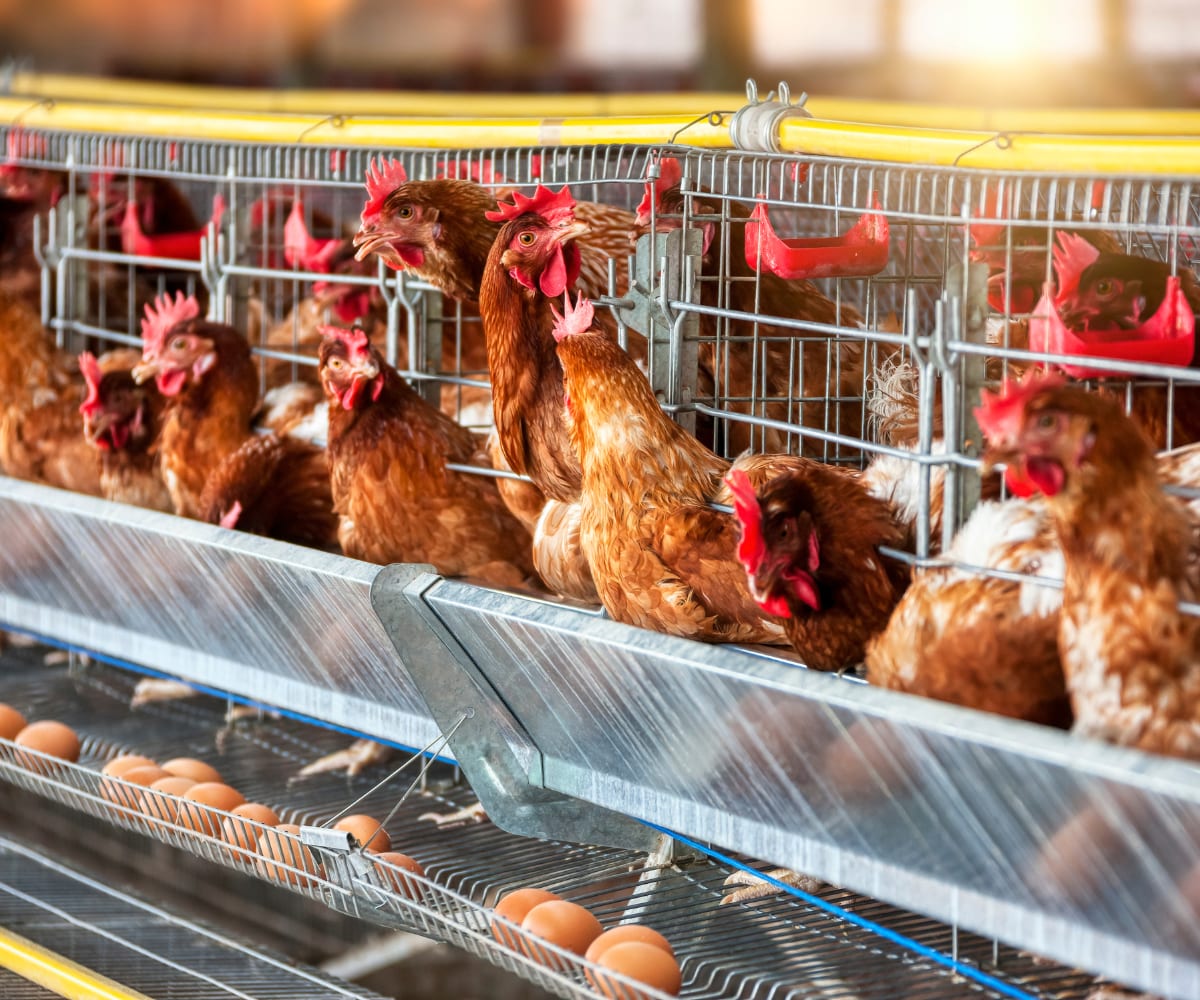
Most recently, consumer concerns have been centered on animal welfare and housing. Conventional layer housing was established in the early 1930s when egg farmers started moving their layers to indoor housing to protect them from weather, predators and disease.
Not long after birds were moved inside, it became standard practice to keep them in wire cages to improve animal welfare, cleanliness and access to both feed and water. From the 1940s to the early 2000s, this was the norm for layer housing. It was around 2006 when we started to see the first guidelines for cage-free layer housing in response to consumer interest in organic production and cage-free systems. Through United Egg Producers Certified, a voluntary hen care certification program, cage-free hen care standards were established based on recommendations by an independent Scientific Advisory Committee.
Since then, the options have only grown. Organic eggs. Cage-free eggs. Pasture-raised eggs. Free-range eggs. Environmentally enriched eggs. What's the difference?
The Three Most Popular Egg Types
The terms you find on egg cartons, like cage-free and organic, mainly refer to how much space the birds get. As of March 2021, 70.7% of laying hens were housed in conventional housing, 22.5% were cage-free and 6.8% were organic, according to the USDA.
Conventionally Produced Eggs
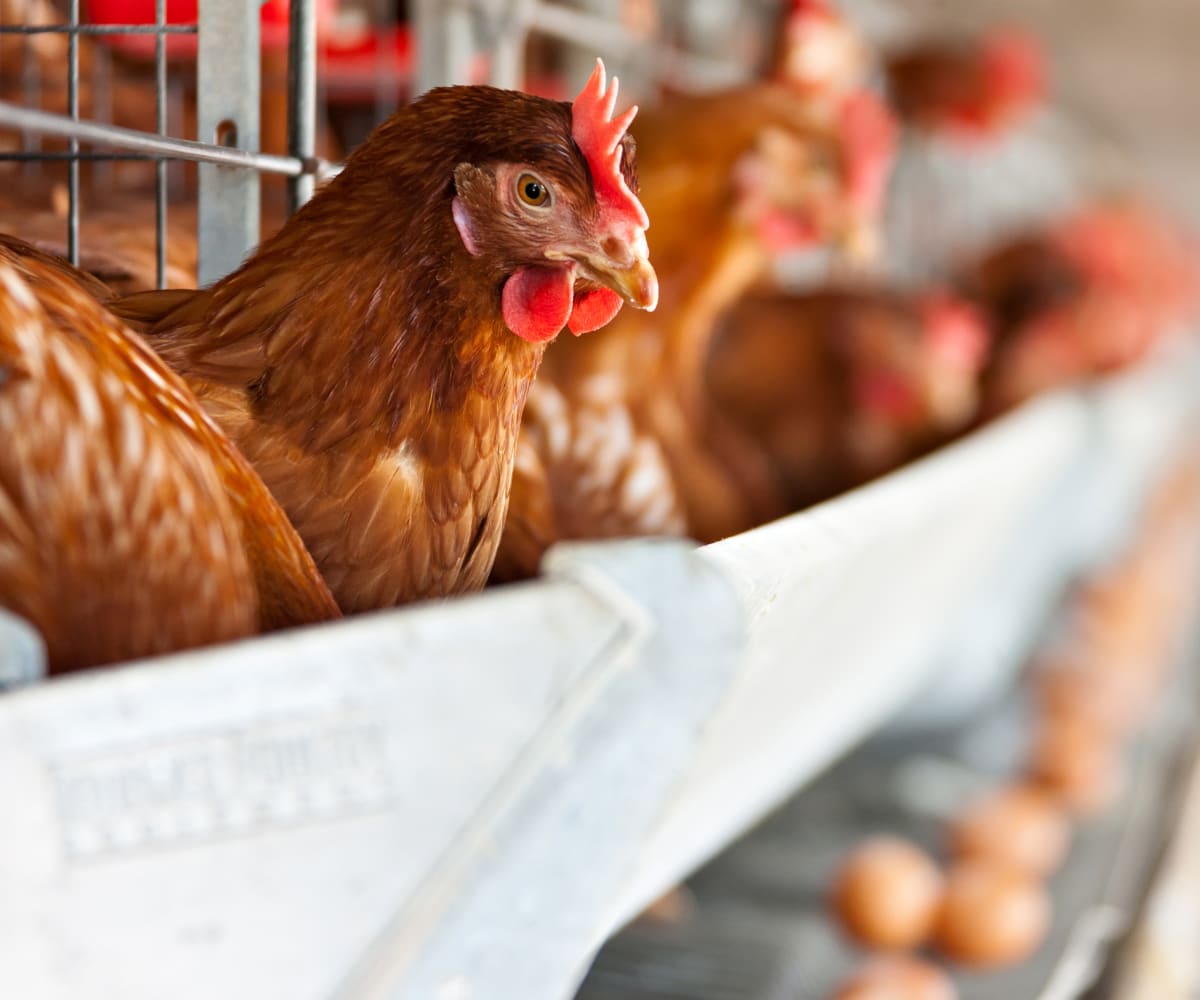
With conventional housing, six to seven hens are housed in each wire cage with unlimited access to feed and water. In some cases, these conventional cages are “enriched” with perches, dust baths and more space per bird.
This option allows the producer the most control in terms of environmental conditions, health and injury. Studies have also shown that this is often the most efficient housing system in terms of egg quantity and quality.
Cage-Free Eggs
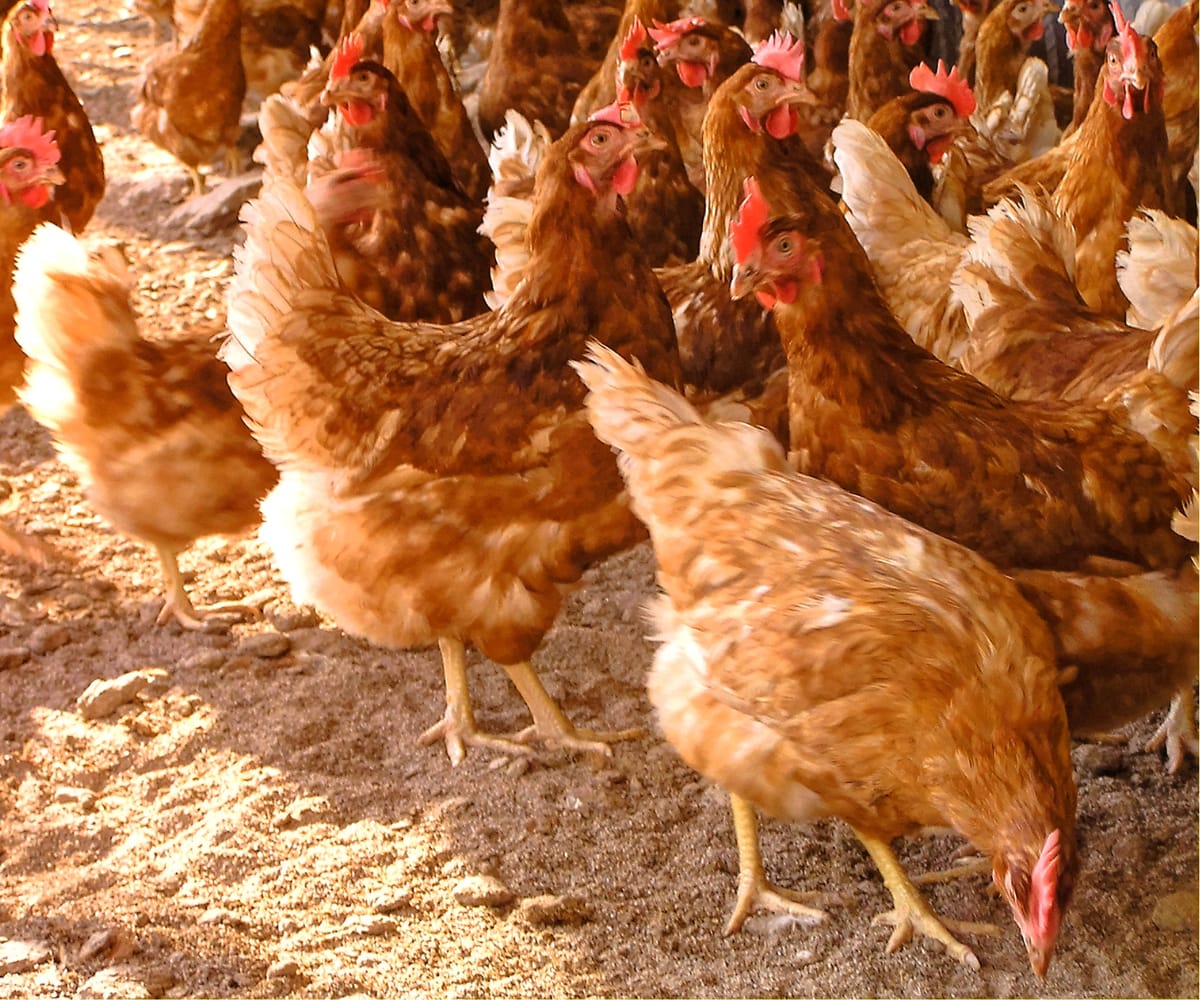
Cage-free facilities are different in that the birds are allowed to roam freely within their enclosure with access to the floor, however, cage-free hens are still enclosed in areas referred to as aviaries.
These aviaries are multi-tiered, open-front cages often with perching spaces. While this does allow improved opportunity for bird activities, such as dust bathing, foraging and flocking, it also presents a higher risk of disease spreading through a flock, excess egg waste, and increased pecking and social hierarchy.
Organic Eggs
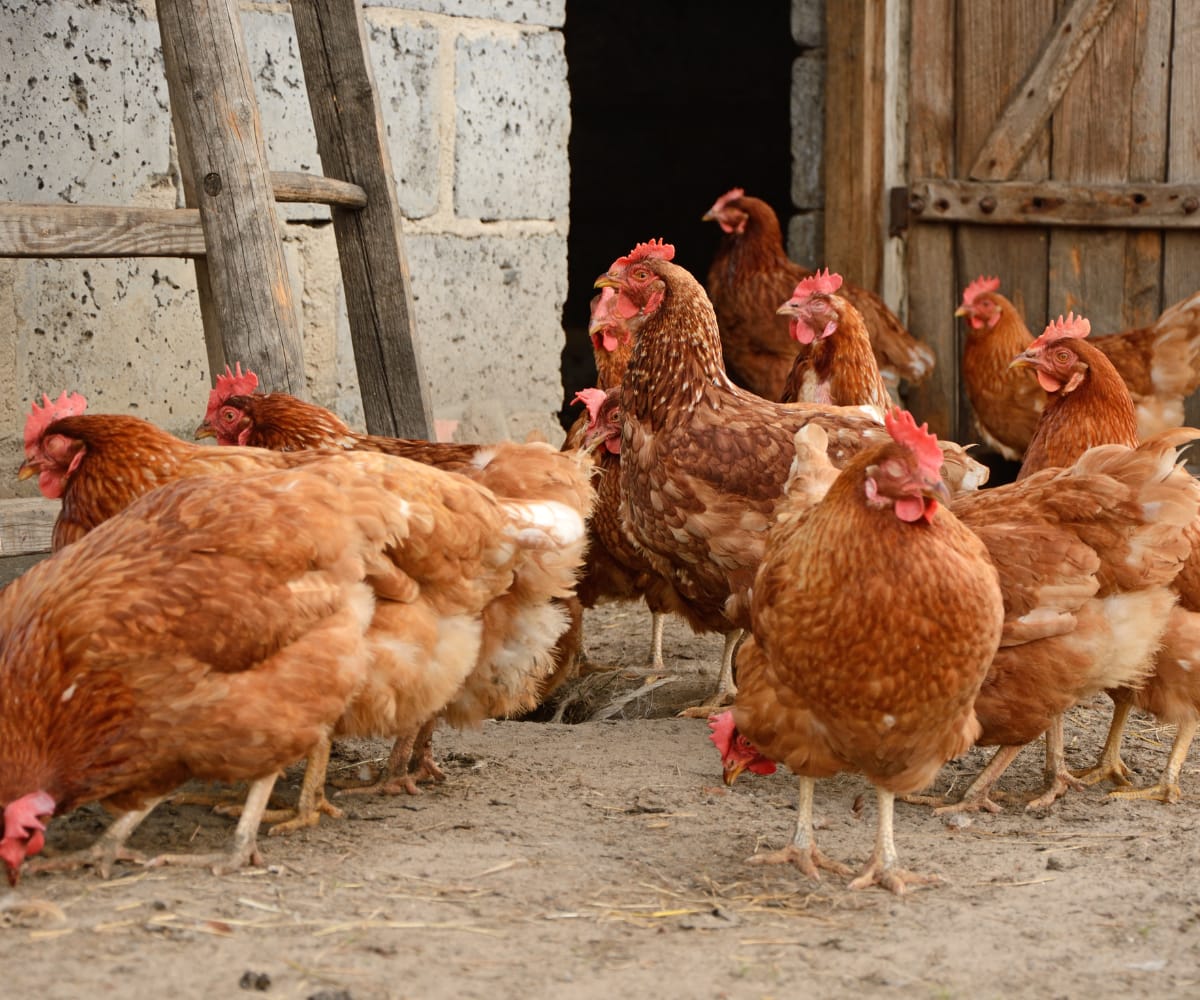
Birds raised under organic designation are nearly the opposite of conventional housing. To be certified organic under USDA regulations, the birds must be housed in cage-free housing with seasonal access to the outdoors. This means that their indoor environment can be exactly the same as a cage-free house as long as the birds are capable of going outside.
"Organic” also means that chickens must be offered certain types of feed. This style of housing leaves the most room for predation, disease and egg loss due to access to uncontrolled environments.
Additional Types of Eggs and Labels
What does the Certified Humane label mean?
When you're at the grocery store, you may notice a "Certified Humane" label on some egg cartons. What does that mean exactly? Humane Farm Animal Care DBA Certified Humane® is a registered 501(c) 3 nonprofit certification organization, operating internationally and dedicated to improving the lives of farm animals in food production from birth through slaughter.
According to Humane Farm Animal Care, "The Certified Humane® label assures consumers that farmers are adhering to a precise set of Animal Care Standards." The general standards include lighting, air and food requirements as well as cage-free living and enrichments for the laying hens.
Free-Range Eggs
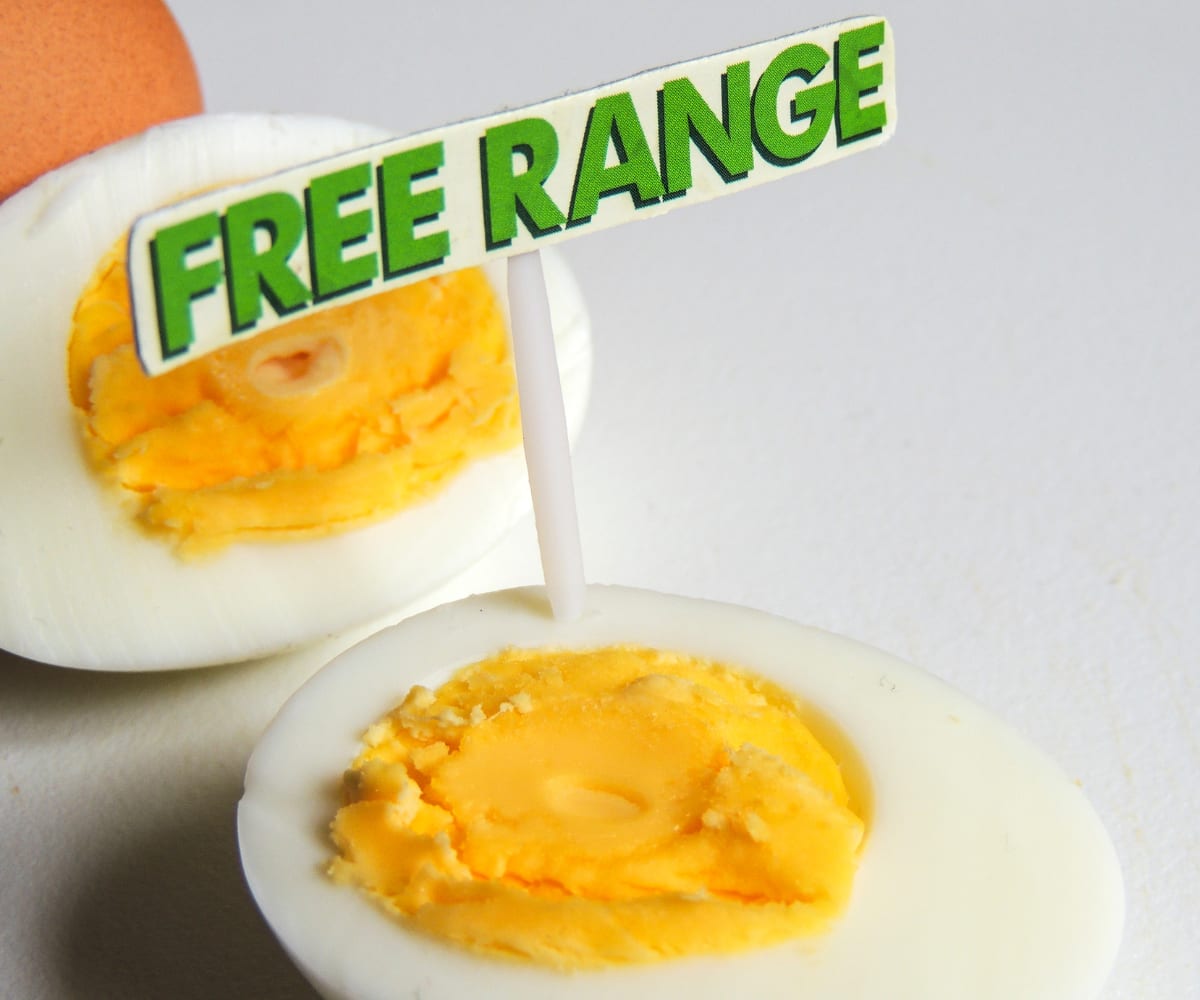
Like cage-free eggs, free-range eggs are produced by laying hens that are allowed to roam freely. The most significant difference between cage-free and free-range is that each free-range bird gets two square feet of outdoor access. With cage-free, access to the outdoors is not a requirement. If you see an egg carton with "Certified Humane free-range," that means the birds had at least six hours of outdoor access and a minimum of two square feet of outdoor space per bird.
Pasture-Raised Eggs
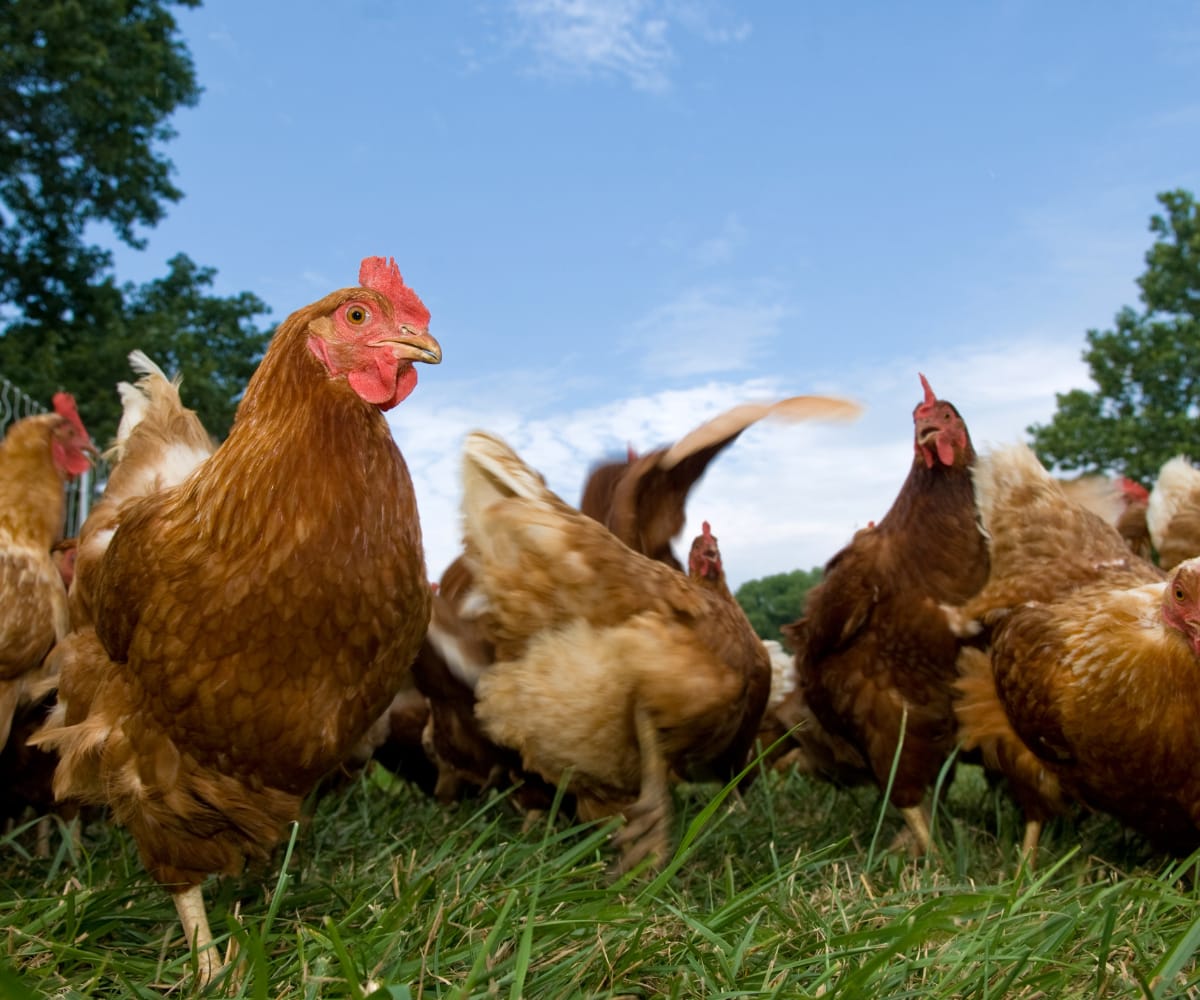
Whereas the terms cage-free, organic and free-range are regulated by the USDA, "pasture-raised" is not. Technically, this means that anyone can put "pasture-raised" on their egg carton, which can become misleading for consumers. However, if the egg carton says “pasture-raised” along with “Certified Humane," you can be confident that each bird was given six hours of outdoor space and two square feet.
Comparing the Three Most Popular Egg Types
As new housing options have emerged, there has been extensive comparative study to determine which are the most conducive to animal welfare, health and productivity. Some of this research has found that conventional caged systems allow for more efficient feed consumption with lower incidences of concerning health events, such as bumble foot, foot pad lesions, body wounds and tibial breakage.
When looking at factors that indicate whether chickens are experiencing prolonged stress, there was no difference across the three options. Conventional, cage-free and organic environments created the same level of stress on their inhabitants.
Related Legislation
So, which one is actually better? That should be for you to decide. But in some states, your options are becoming more limited. Recent legislation, such as California’s Farm Animal Confinement Initiative, or Proposition 12, limits options for egg production.
Under Proposition 12, all egg or egg products sold in the state of California must be from birds “housed in confinement systems that comply with specific standards of freedom of movement, cage-free design, and minimum floor space.” This would mean that any farms in the state of California or selling into the state of California are required to shift to cage-free production, which is an expensive and difficult process.
Bridging the Gap
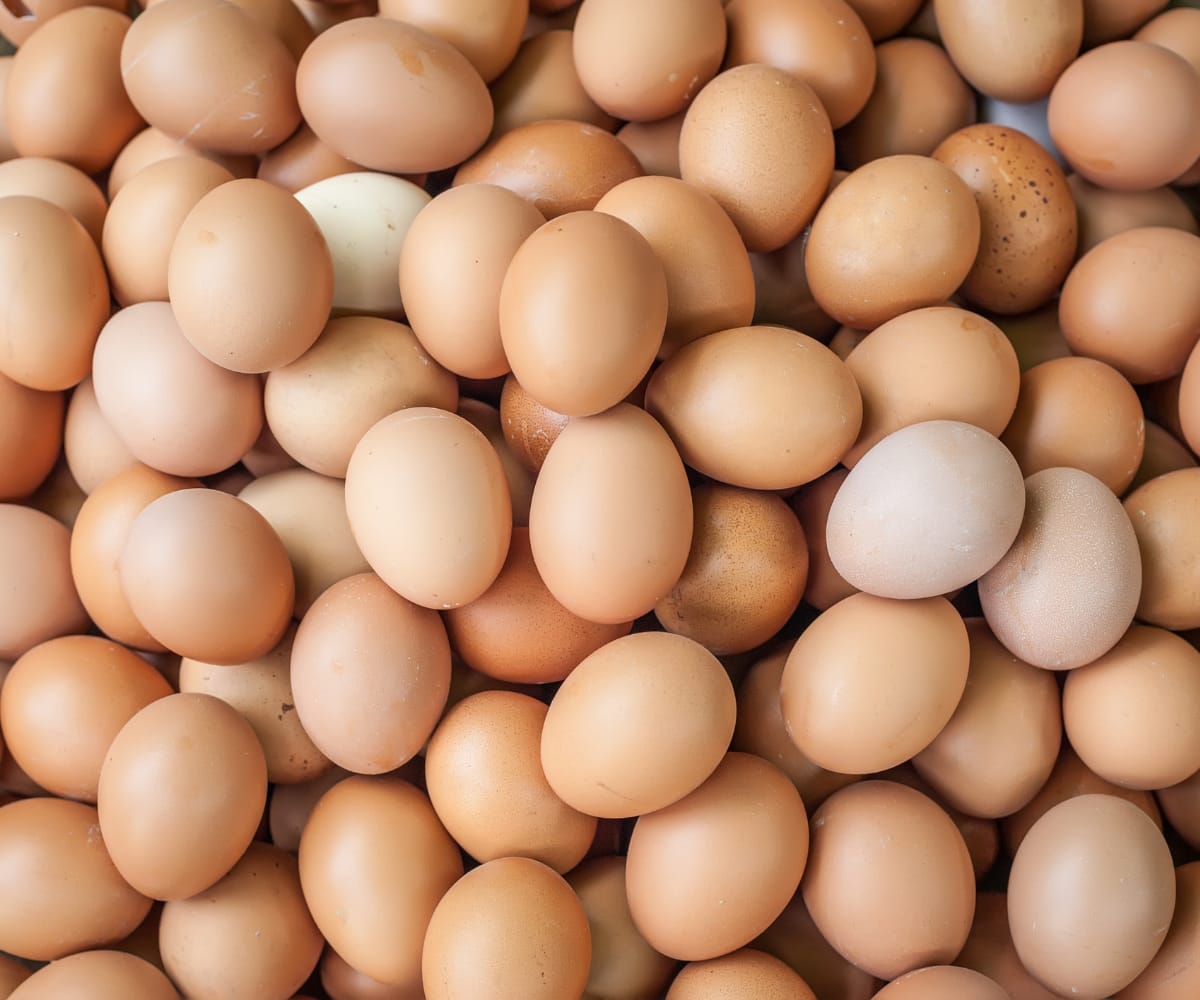
Changes in egg production over the last couple of decades have been driven primarily by consumer desire to buy a product that is representative of their views on animal welfare and husbandry. The industry’s efforts to accommodate these needs have led to a supermarket shelf with options for everyone. However, there has been a lack of education on what those options really mean. We hope that we have helped clear it up for you so that you can make the best decision for you and your family. Maybe what’s best for you is raising your own chickens!
One thing is for sure: Whether you choose cage-free, organic or conventionally produced eggs, we're all lucky to have farmers who are dedicated to providing us with a nutritional staple.
Contact Us
If you have any questions for us, shoot us an email at success@southlandorganics.com or call us at 800-608-3755. Be sure to subscribe to our YouTube channel to get updated on our latest videos on agricultural topics.






